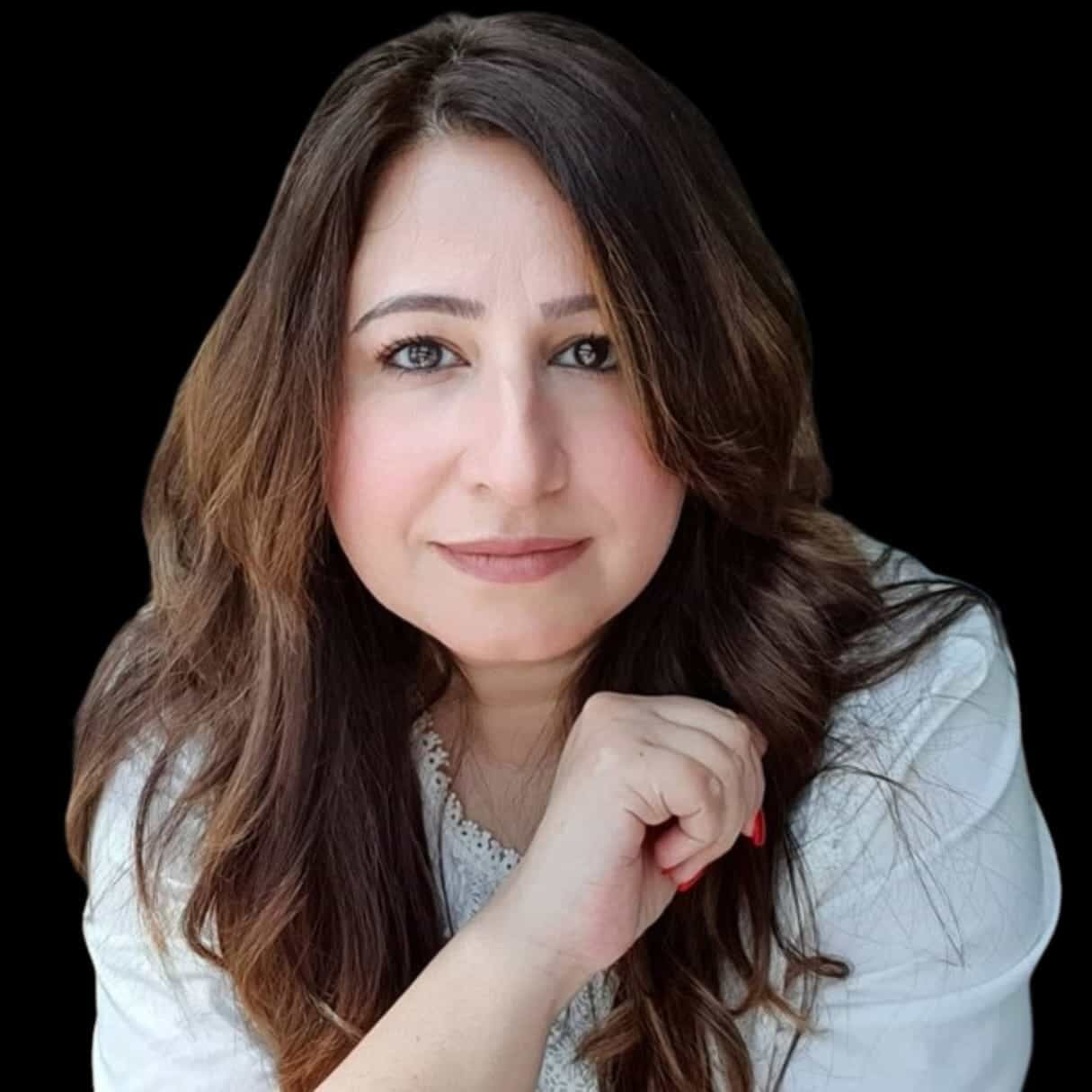
The inspiration to design The Critical Thinking Programme for me stemmed out of a professional development session on Benjamin Blooms Taxonomy. As a sixth-grade teacher, I was trained to engage measurable verbs and frame questions with a conscious focus on structured objectives, for example, list, classify, sketch, connect, defend, or design to support my students’ understanding of the exam questions and how to answer them effectively. I realised how abstract some of the higher order thinking verbs would appear to my classroom of second language learners, and so the idea of turning abstract to concrete became an obsession. Browsing through ideas and articles, the connection between colours and perception of ideas really struck me. I decided to explore the concept of linking thinking to colours.
Critical thinking is a complex process. And to highlight the importance of processes we can say that facilitating a child’s understanding on identifying the right process can consciously contribute towards their academic and personal growth. I started viewing the Blooms’ thinking levels as integral processes to critical thinking and knew that they would remain abstract until translated to a visual or broken down to concrete questions.
By turning the thinking process to colours, The Critical Thinking Programme aimed to help young learners visualize what thinking looks like and delve into decision-making centered around identifying the right process as a tool to design their way to success. This independence and academic growth, deeply tied to a student’s sense of self efficacy and achievement, arises from being aware of their own thinking faculties and actively contributing to their own success.
As an English language and homeroom teacher, I decided to introduce the programme as a pilot project for my sixth graders. The thinking peas, as we called them, represented the different levels of thinking. Red stood for remembering, green for understanding and applying, blue to analyse and evaluate and yellow indicated synthesis and creativity. Each student had a labeled name box on their table through the lesson and to encourage participation, I introduced the programme as an incentive to win points for sharing ideas, asking questions and engaging their critical thinking skills. Remembering earned 1 point, understanding and applying earned 2, analysis and evaluation 3 and creativity carried 5 points. The instruction to ‘open their boxes’ at the beginning of the lesson gradually became a powerful symbol of ‘thinking in action’ and they knew the questions would flow in with the coloured peas to recognize their cognitive abilities. Externalising their thought process improved their communication skills, and they learnt how to express their ideas with confidence and autonomy.
We counted their points at the end of each term and displayed graphic growth for each child’s thinking in action. This showcased incredible academic growth as they became more confident and skilled in making informed decisions. A blend of colours in their name box spoke volumes about them as analytical thinkers. In time, maintaining their thinking log books helped them become more familiar with learning processes and strategies to engage for each challenging question that came their way.
Education is fundamentally about asking questions.
The journey of developing a better understanding of the world around us has a lot to do with the type of questions that we ask. The growth of the mind is witnessed in the complexity of our questions. As a result, schools, educators and leaders list critical thinking as a key success indicator to raising a promising, more analytical future generation.
The Critical Thinking Programme has been an effective tool for introducing young children to their own thinking faculties and encouraging them to ask questions and share their opinions and ideas without the fear of failure. Linking thinking to colours revealed a spectrum of thinkers in my classroom. Each one carrying a different blend of colours.

Shama Noman is a thinking teacher, and educator with 23 years of teaching experience in the UAE. She is a passionate advocate for Children’s Rights and is dedicated to helping young learners discover and embrace their unique voices and expressions. As Voices of Future Generations and Education Development Manager at the Emirates Literature Foundation,Shama leads and designs story-building workshops and webinars on creative writing and sustainability. In her role as an educator, she supports teachers and schools in nurturing their most talented writers through personalized sessions and constructive story feedback. Committed to making a positive impact on the Global Goals, Shama aims to cultivate a generation of analytical and empathetic writers who will shape a sustainable future for themselves and others.

